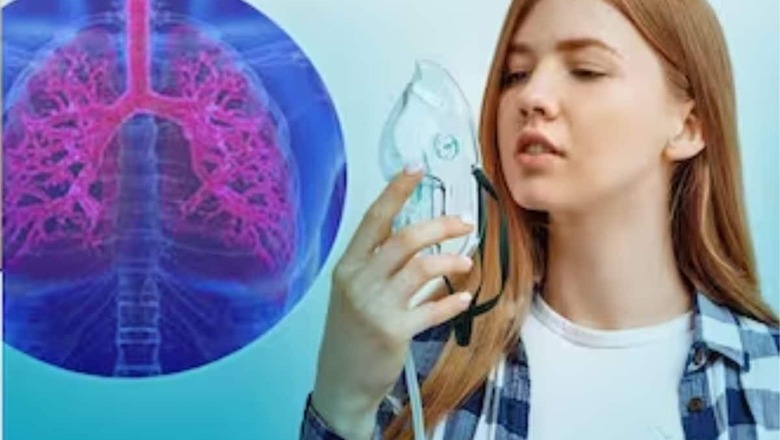
views
After the COVID-19 pandemic, a myriad of health issues have emerged, leaving researchers worldwide grappling with numerous unanswered questions. One such enigmatic condition that has garnered attention is known as happy hypoxia. Former Chief Minister of Rajasthan, Ashok Gehlot, recently shed light on this ailment in a post on X, highlighting the complexity of health complications associated with COVID-19.
Latest research has shown that during Covid and even after it, there can be a decrease in oxygen level in the body, which is called “Happy Hypoxia”. Many times the patient is not even aware of this because it doesn't show any problem in breathing, but it can be very dangerous,…— Ashok Gehlot (@ashokgehlot51) February 8, 2024
Happy hypoxia, also referred to as silent hypoxia, presents a perplexing scenario where the body’s oxygen saturation levels drop without manifesting apparent symptoms. This phenomenon, described by Dr. Karan Mehra, Lead Consultant and Transplant and Intervention Pulmonologist at the Institute of Heart Lung Disease Research Center in New Delhi, underscores the challenges in detecting and managing COVID-19-related complications.
According to Dr. Mehra, typical signs of hypoxia may not be readily observable, making it a particularly insidious condition. Oxygen saturation levels below 92%, indicative of hypoxia, may lead to subtle symptoms such as mild breathlessness and chest heaviness. However, as the condition progresses, more severe manifestations such as rash spots, dyspnea and gastrointestinal issues may arise. In some cases, individuals may also experience a low-grade fever and persistent coughing, signalling a worsening state that could culminate in respiratory failure if left untreated.
Certain demographics, including pregnant women, the elderly and individuals with preexisting health conditions such as heart disease, diabetes, or cancer, are at heightened risk of experiencing happy hypoxia. Dr. Mehra emphasises the importance of regular oxygen level monitoring, particularly for former COVID-19 patients, to mitigate the potential risks associated with this condition.
Early detection of hypoxia is crucial, especially if individuals experience difficulty breathing during routine activities. Immediate medical attention is warranted if oxygen levels are found to be low, underscoring the significance of proactive health monitoring in safeguarding against COVID-19 complications.
The revelation of happy hypoxia underscores the multifaceted nature of COVID-19’s impact on human health, prompting intensified research efforts to unravel its complexities. As scientists continue to delve into the intricacies of COVID-19-related ailments, heightened awareness and proactive health measures remain paramount in navigating the evolving landscape of pandemic-induced health challenges.




















Comments
0 comment